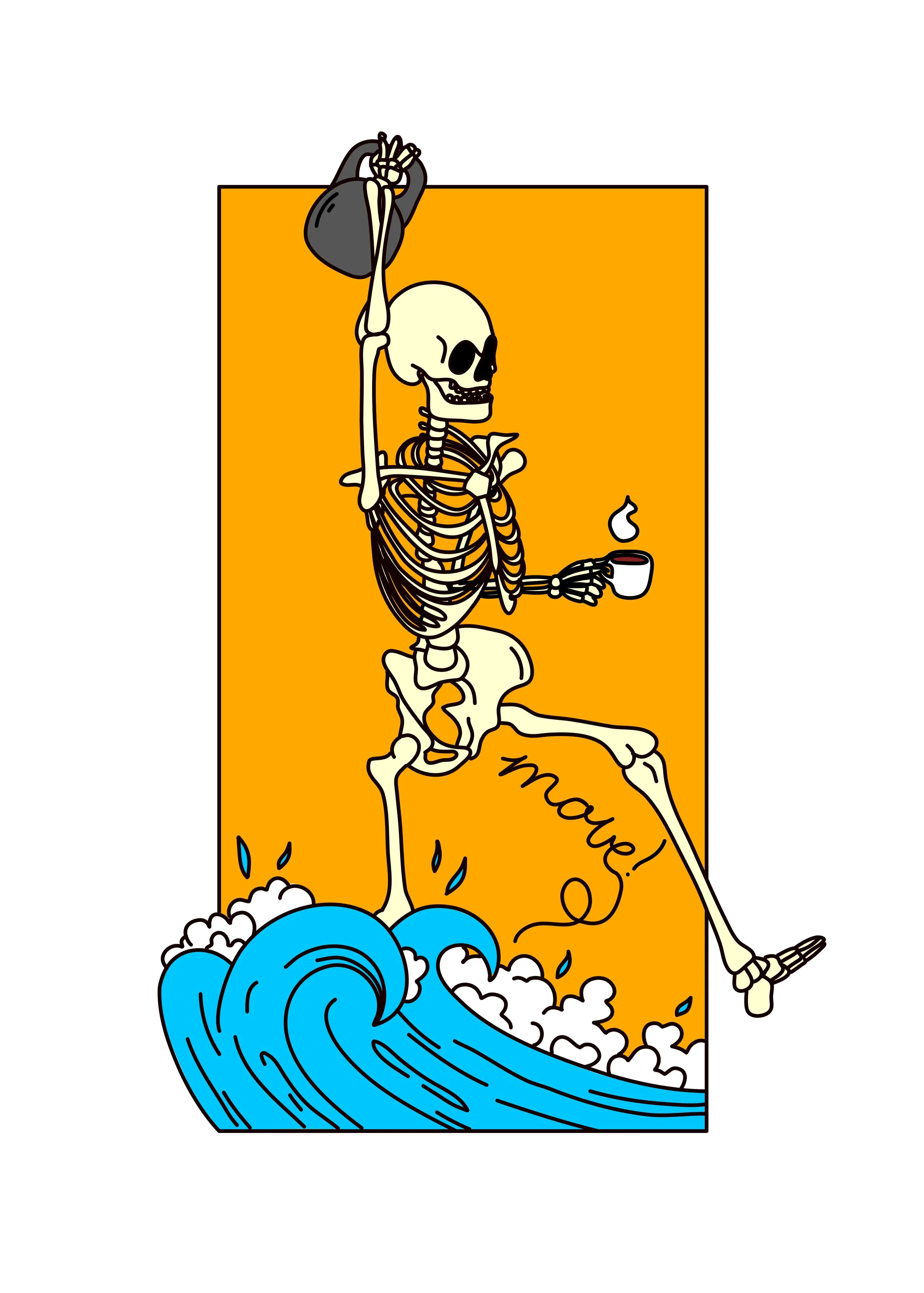One Rabbit.
Poorly chosen/defined goals will defeat any process of self-improvement before the journey even begins. As usual, a full breakdown of goal setting is more fit for a book than a blog, so in this post I’m writing about just one aspect of the goal setting process that I have found to be most critical to the success of my clients.
“The man who chases two rabbits catches none” is a Confucian proverb that holds true for the vast majority of people looking to make positive behavioral modifications. Too often we divert our attention and energy into multiple areas of self-improvement only to see little or no progress, become overwhelmed, and quit before any objectives are reached or momentum is built. I encourage clients to narrow their focus and address behaviors that hold the most leverage. The first benefit of this approach is that you are “pulling” the lever that provides the greatest results for your actions, basically, you are getting the most bang for your buck. The second is that you are building self-efficacy, crucial to both the overarching process of self-development as well as future attempts at changing your behavior. Quick note on self-efficacy - it is basically the belief we have in ourselves to accomplish things. To think of it another way, when you build self-efficacy, you are increasing your faith in you. What’s important to remember is that self-efficacy (and self-esteem for that matter) is built through real achievement. In another post I’ll highlight the multitude of issues with artificial self-esteem boosting, but for right now, I'll just note that we can’t trick ourselves into feeling good about ourselves. That’s a mouthful, but basically just means our belief/positive view of ourselves is built through real, measurable, growth in areas we desire.
So in practice, if you find yourself excited about making a bunch of changes to your lifestyle (good for you), before you bite off more than you can chew, sit down and journal/meditate on which modification holds the most leverage. I have clients ask themselves the following two questions to use as a metric. If the answers are yes, I think it’s most likely a good target. 1. Does the habit/change also increase structure in your life? 2. Does the habit/change have “snowball” capabilities i.e. is there a strong likelihood that pulling this lever will lead to better decision making in other areas of your life?
A final note - there’s lots of research on the time required for a habit to become embedded in a person’s life. It’s different for everyone obviously, but most studies show that the 2-3 month mark is where things gain permanence. Before embarking on another behavioral modification journey, I encourage clients to wait until their current change/habit really feels automatic - minimal “friction”/internal dialogue/willpower required to make it happen. When that is reached, on to the next one.
